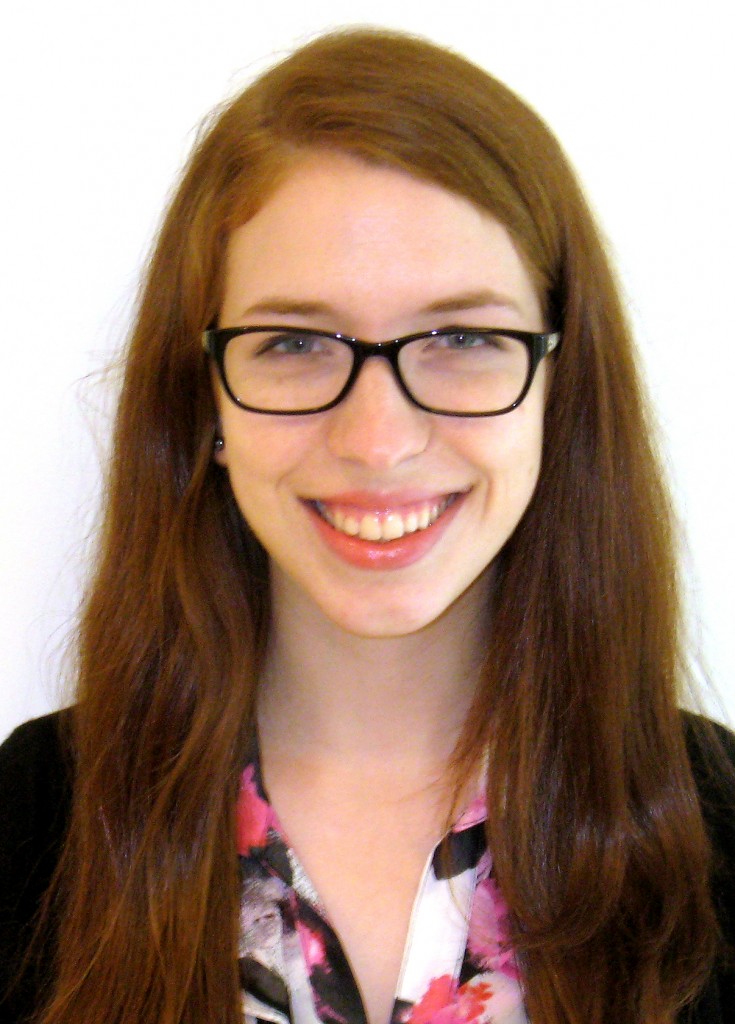 When Megan Matte was in middle school, she began preparing for a career in business. She had the opportunity to go to a magnet high school – a school which allowed students to focus on specific career paths – where she narrowed her options down to business or culinary arts.
When Megan Matte was in middle school, she began preparing for a career in business. She had the opportunity to go to a magnet high school – a school which allowed students to focus on specific career paths – where she narrowed her options down to business or culinary arts.
Now an economics major and rising fourth year at the University of Chicago, she is fully committed and completing the latest step on her path – an internship as a summer associate with the Boston Consulting Group (BCG).
“My practical side eventually won out, and I went with business. That was probably for the best, because I’ve found that I love the fast-paced, challenging business environment but don’t have much patience when it comes to following recipes,” says Matte.
Finding an Internship
Leading up to this summer, she applied to nearly 10 internships, including BCG, and says that undergrads looking to do the same should definitely plan their course loads and schedules to accommodate for it, since recruiting is a big time commitment during the winter. With BCG specifically, there were two rounds of interviews, each involving conversations with two separate interviewers.
Matte says that consulting firms are famous for their case-style interviews, where interviewers present business problems that the interviewees should answer on the spot. Her hardest, but most interesting, question was: “Imagine the client CEO just got in the elevator with you – what do you tell her?”
“The question can sometimes trip you up because the interviewer always asks it right after you’ve been knee-deep in the data and details, and you have to be able to instantly move to a high-level view of the issue and synthesize together everything you’ve learned. It’s a tough skill to master, but thinking on your feet is so important for the job.”
A Typical Day
Most of Matte’s days begin at 8 am, and with some variation depending on her team’s workload, end at 6:30 pm. Her internship is with BCG in Chicago, and since she goes to school in the same city, she can commute from her college apartment to the downtown office. Similarly, most of her consulting casework is local, though she does have a client in Wisconsin and drives out there with her team when they need to be on-site.
“If I had to give a breakdown, I probably spend 20% of my time in meetings, 30% working collaboratively with my teammates, 40% working independently on my own assignments, and the remaining 10% on administrative tasks like answering email. Most of my day-to-day involves modeling in Excel or communicating output in a PowerPoint presentation,” she says.











Questions about this article? Email us or leave a comment below.